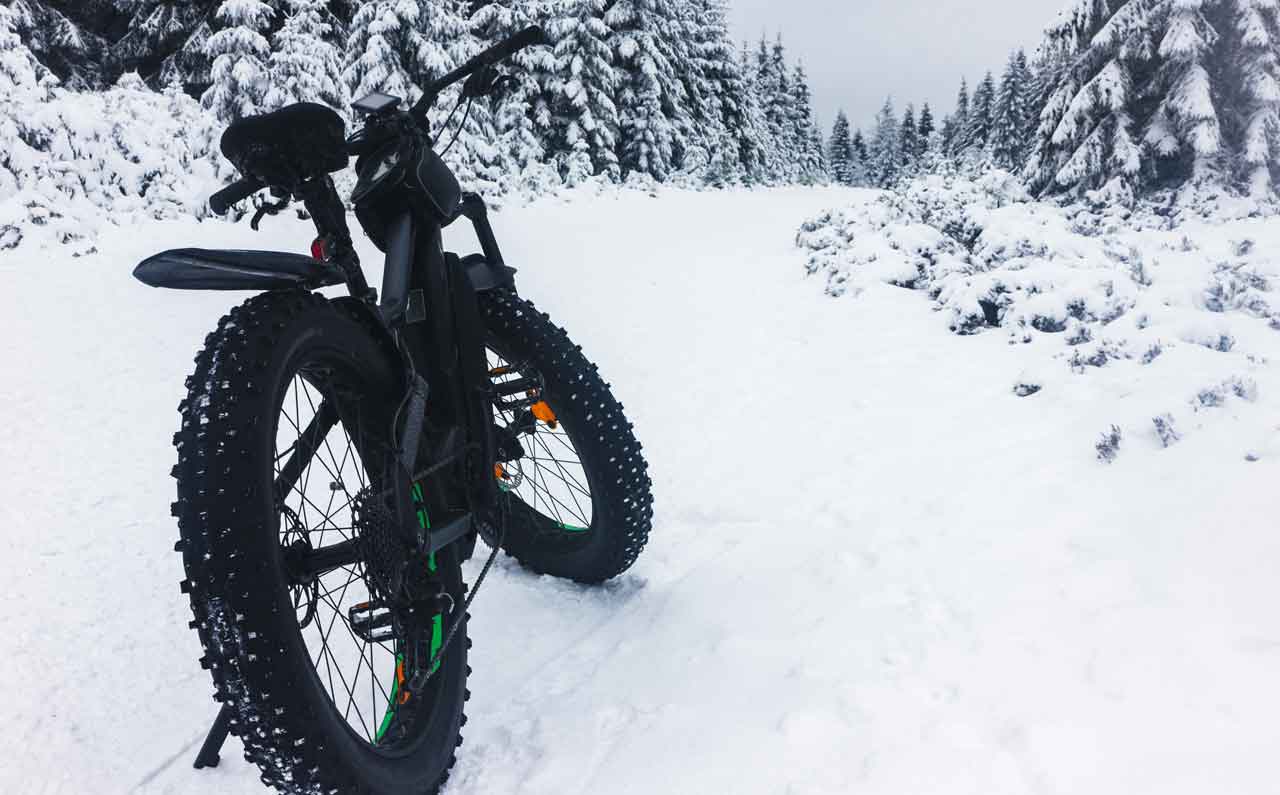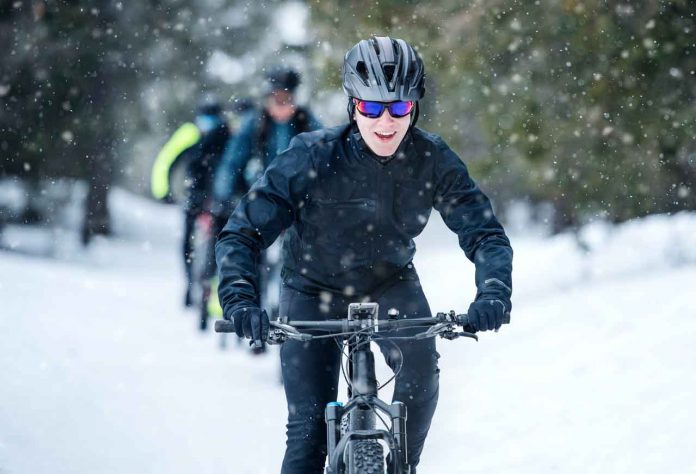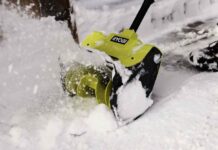THUNDER BAY – LIVING – The City of Thunder Bay may have closed the bike trails for the winter months, however that is not likely to cause a growing number of cyclists to park their bikes until spring.
Winter biking can be a refreshing and invigorating experience, offering a unique way to enjoy the outdoors during the colder months.
It is increasingly popular across Canada, and of course the bike companies are stepping up to met the market.
Consider winter biking as like Cross-Country skiing. As you are moving you are creating heat and staying warm.
It does however require some special preparation in terms of choosing the right bike, tires, apparel, and additional gear to fully enjoy winter commuting, so you are ensuring a safe and comfortable journey.

Choosing the Right Bike for Winter
Traditional Bikes
- Mountain Bikes: Ideal for winter commuting due to their stability and durability. Their wide tires offer better traction on snowy and icy roads.
- Hybrid Bikes: A good option for urban commuters. Hybrids provide a balance between speed and stability, though they may require tire upgrades for winter conditions.
Electric Bikes (E-Bikes)
- Battery Care: Cold weather can significantly reduce battery performance. Keep the battery indoors when not in use and consider insulating it during rides.
- Motor and Frame: Opt for models with weather-resistant components. Mid-drive motors are preferable for balanced weight distribution.
Tire Choices for Winter Cycling
Small to Medium Tires
- Studded Tires: Provide excellent grip on ice. Suitable for both traditional and electric bikes.
- All-Weather Tires: A versatile choice, offering reasonable performance in various conditions, including light snow and slush.
Large Balloon Tires
- Fat Bikes: Equipped with oversized tires, fat bikes excel in deep snow and rough winter terrain. Their large footprint provides enhanced stability and traction. While these tires in a studded model are going to be expensive, consider your personal health and safety.
Preparing Your Bike for Winter
Maintenance Essentials
- Lubrication: Use a wet lubricant for the chain and moving parts to prevent freezing.
- Cleaning: Regularly clean your bike to remove salt and grime, which can cause corrosion.
- Fenders: Install fenders to protect against road spray and slush.
Safety Enhancements
- Lights: Ensure you have bright front and rear lights for visibility in darker winter conditions.
- Reflective Elements: Add reflective tape or accessories to increase visibility to others.
Winter Cycling Apparel
Layering for Warmth
- Base Layer: Moisture-wicking materials to keep the skin dry.
- Insulating Layer: Fleece or wool for retaining body heat.
- Outer Layer: Windproof and waterproof jackets and pants.
Protecting Extremities
- Gloves: Insulated, waterproof gloves for warmth and dexterity.
- Shoe Covers: Waterproof and insulated covers to protect feet from cold and wet conditions.

Choosing the Right Helmet for Winter
Helmet Considerations
- Insulation: Look for helmets with insulation or space to wear a thin hat underneath.
- Visors or Goggles: Helmets with visors or compatible with goggles offer eye protection against snow and wind.
- Ventilation: Adjustable ventilation helps in managing condensation and maintaining comfort.
Winter bike commuting, with the right equipment and preparation, can transform a chilly necessity into an enjoyable activity.
The key is to prioritize safety, warmth, and visibility, ensuring that every ride is as comfortable as it is exhilarating. Whether you’re on a traditional bike, an e-bike, or a fat bike, the winter landscape offers a unique and memorable cycling experience.







